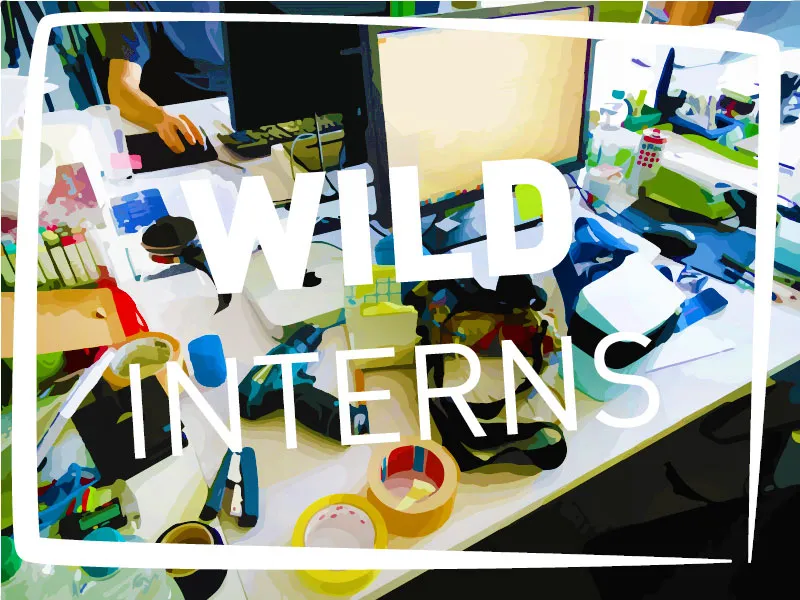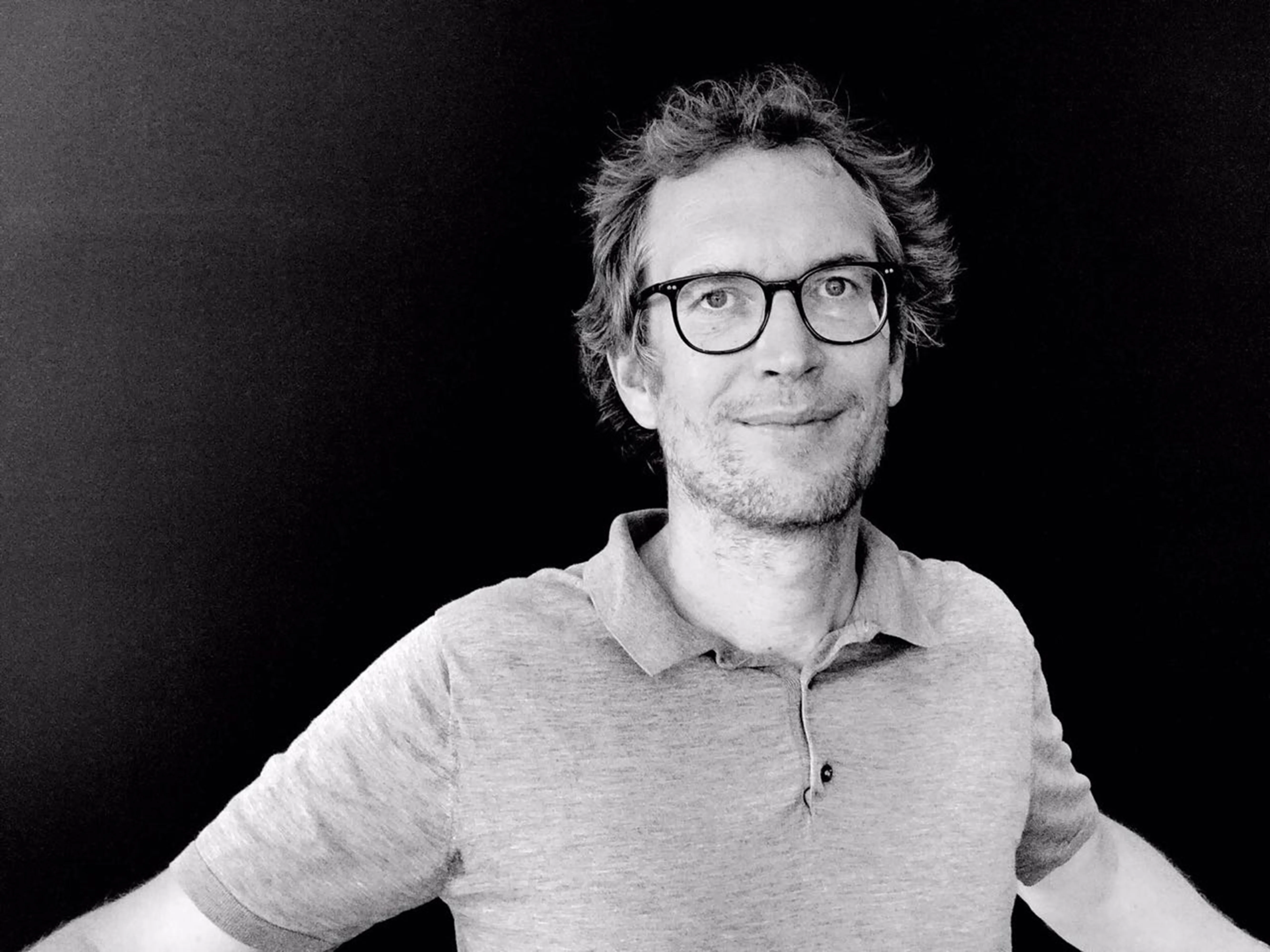Perspective
The copy honors the master! ... really?
Design copies, counterfeits, plagiarism - for years we had little or nothing to do with these issues. We were so unaffected by them that we started to worry: is it not worth copying our work? Or is medical technology, as a market with low quantities and high demands, simply not a suitable field of activity for pirates?
Recently, this has changed. We were quite surprised when, in quick succession, we came across two extremely brazen cases in connection with our highly valued customer Salvia Medical in connection with our valued customer Salvia Medical:
3D CAD replica of the award-winning Elisa 800 intensive care ventilator.

The company 3DExport from San Jose USA offers a variety of realistic 3D models for use in computer graphics environments, e.g. in computer games. For only 16 US $ you can purchase the complete data set of the Elisa 800. A direct comparison with the real product reveals slight deviations or simplifications, but otherwise the product is a clean replica except for the GUI and touchscreen. Such a replica (without any permission) and without templates must have taken several hundred hours. Why are they doing this?
100% fake Salvia Medical website

he second case is a little more bizarre: The alleged fake company D-BALTIMORE LLC, 35 Clyde Rd. Suite A, Somerset, NJ 08878, USA has copied the entire website of Salvia medical 1:1 and added its logo to EVERYTHING. The fake site is still live at the time of publication of this article! Texts, claims, product photos, design awards - all stolen without deviation and converted to the fake branding with great attention to detail. What sense does that make? The company can't supply any of the products and, at least on this website, it doesn't offer any others.
A case for Inspector Plagiarius?
Since 1977, there has been a brave institution that takes on such cases: Aktion Plagiarius e.V. founded by industrial designer Rido Busse, presents a considerable number of annual awards for the "most audacious copy".
1:1 replicas of well-known products, including all the details and often all the mistakes. Because these copyists often don't know what they are doing - they simply copy everything as accurately as possible and inevitably switch off their critical mind in the process. When looking through the Plagiarius yearbooks, however, it is quite astonishing that these exact copies not only come from the Middle Kingdom, but also that a lot of "excellent" copiers come from our culture.
"Imitation is the sincerest form of flattery"
The aphorism by the 17th century English essayist Charles Caleb Colton illustrates our social attitude towards copying and imitation like no other : it is a highly controversial topic that is of crucial importance in many areas, from science and art to lifestyle and design. It implies important problem areas such as intellectual property, related business interests, legal issues and is almost always accompanied by a strong moral undertone.
There is usually a dispute. The basis for these disputes is usually patent, trademark or design law, the roots of which actually go back to pre-Christian Greece and which come up with the following barter: "Give away your ideas and recipes to the whole world right now so that progress can spread as quickly as possible for the benefit of all - and we'll grant you a few years of sole, exclusive value creation from your ideas." This ingenious idea gave rise to a very complicated area of law that is difficult to objectify and in which legitimate interests can often only be enforced at great expense.
The ECJ and the patent courts are full of current disputes and curious cases: For example, Levi's recently accused French fashion brand Kenzo of stealing from its distinctive red label on trouser pockets. In the UK, Mondelez sued Poundland in the High Court for allegedly stealing their mountain-like chocolate look. With Twin Peaks, a double chocolate bar that looks very similar to Toblerone.
The design originality dilemma
In our networked world, so much is being designed and developed that the spaces between the originals are getting smaller and smaller. The work of the designer is commonly equated with original ideas and creativity. On the other hand, design always serves a purpose and this sets clear limits to originality. This is also the main difference between design and art - art must be original, design must serve a purpose and may be original . But even in art, the boundaries are blurred.
"Good artists copy, great artists steal"
a quote attributed to Steve Jobs thus reflects the modern design icon's attitude to artistic mastery - "make something that someone else has made, but make it so that people recognize it as your own." Apple actually did this and adopted the strict design language and philosophy of the BRAUN brand, invented by Dieter Rams in the 1960s. This is particularly evident in examples such as the pocket calculator, as the FAZ article from the year 2010 shows.

Incidentally, we at WILDDESIGN are very happy that the dominant influence of Apple on our design practice has become weaker again - and that 4 out of 5 clients no longer ask us to give their fridge-sized device a sexy iPhone look at the briefing.
Where does the copying begin?
With the call to imitate a successful example such as the iPhone? Especially in design, there is constant pressure to be original. Jarrod Drysdale, author of "Bootstrapping Design" says: "This is what designers often refer to as "finding inspiration", "best practice" or "benchmarking". All fancy euphemisms for more or less exact copying."
But you shouldn't keep reinventing the wheel.
There are also practical reasons why designers follow certain conventions and rules and are even obliged to work according to the state of the art. Deviating from the tried and tested usually causes acceptance problems for users. And is the compulsion to be original really useful?
Humans are creatures of habit, we get used to orienting ourselves on an intuitive level in everyday life. Developing a completely new design for a product that people use in a certain way out of habit can compromise usability and confuse consumers, ultimately making the design undesirable and unsuccessful.
Copying - a purely Chinese problem?
We would like to dispel the preconception that copying and copyright infringements generally originate in China. This may be true for a certain type of simple piracy, but the reality is more sophisticated and complex.
The much-cited history of the "Made in Germany" label, which British industry stuck on German goods, especially "inferior" machines, at the end of the 19th century, teaches us that it can also backfire if you want to ward off plagiarism from abroad from a morally superior position. It took 60 years for the meaning to be reversed and become an irresistible global seal of quality.
Something similar could happen to us with all the sewn-in labels "made in China", but much faster. Because what is difficult to see from Europe, we experience every day in our office in Shanghai: Chinese designers who have worked in our Chinese office over the past 12 years or are still working there are among the most creative personalities and original designers we know. And they are no exceptions. China is also emancipating itself in design.
What now, what to do?
How should the manufacturer concerned deal with this?
First of all, it is certainly a good idea to consult with the designers to get a feel for how common, unusual or brazen this particular case is. Other suitable contacts are patent attorneys to determine the legal position, trading partners to obtain more background information from the affected markets.
If it is indeed a counterfeit, consistent action must be taken, because not only one's own reputation is at stake, but in case of doubt also the life and limb of users or consumers. Beyond moral indignation, one should then make sober judgments based on the actual or potential damage.
And lo and behold, the example of the 3D data replica of the Salvia Elisa intensive care ventilator may not come off too badly. In fact, the distribution in computer games has a positive effect similar to product placement - the same device is also often used as a prop in hospital soaps and stands for modern medical equipment and thus for the high quality of the TV series. So in a way, an unpaid promotion for Salvia?
Even if we have not found a conclusive or clear opinion on the subject, we are of course on the side of the honest creative workers who keep the greatest possible distance from other designs, but of course use all legal methods to outperform the competition in the market and in the favor of the buyers, freely according to the motto:
Most advanced - yet acceptable!
Frequently asked questions




